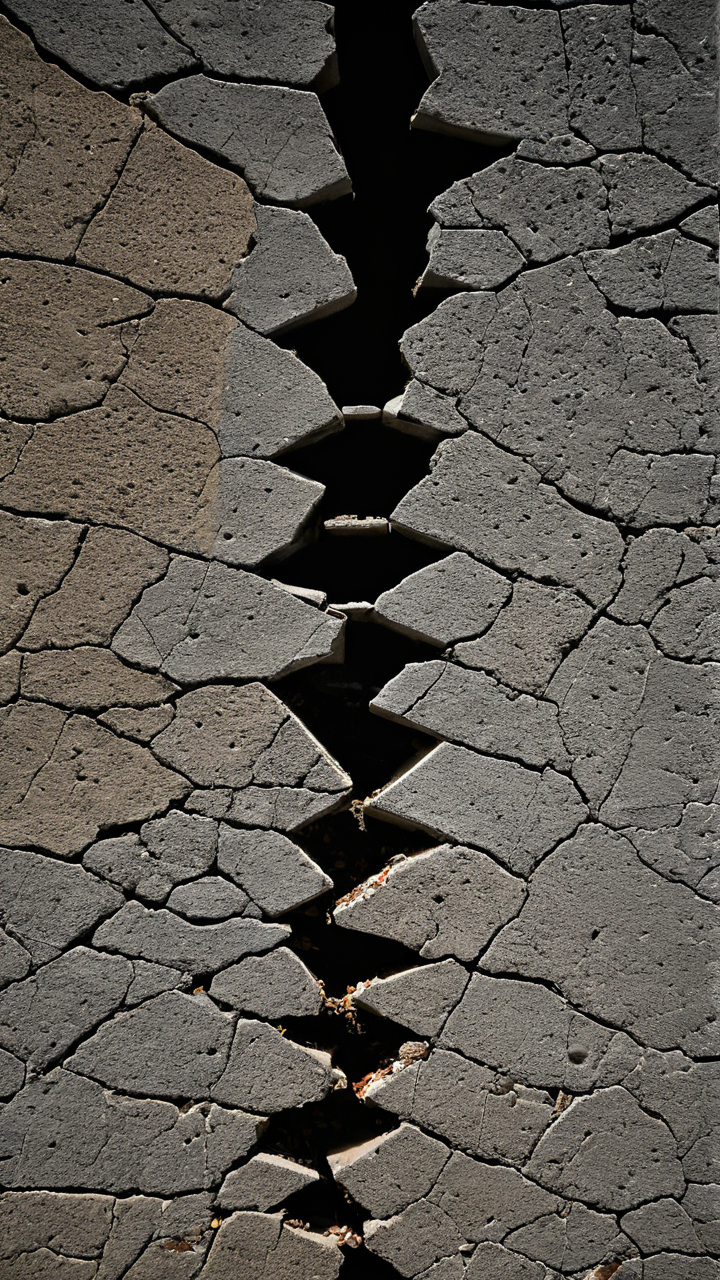
The Promise of Self-Healing Concrete
Our current infrastructure faces significant challenges: aging structures, increasing maintenance costs, and the environmental impact of constant repairs and replacements.
Traditional concrete, while durable, is susceptible to cracking and deterioration, leading to costly repairs and significant waste.
Self-healing concrete offers a potential solution by incorporating materials that allow the concrete to repair micro-cracks autonomously.
This reduces the need for frequent repairs, extending the lifespan of structures and minimizing the environmental footprint of the construction industry.
The potential cost savings alone are staggering, considering the billions spent annually on infrastructure maintenance globally.
How Does Self-Healing Concrete Work?
Several methods enable self-healing capabilities in concrete. One common approach involves embedding capsules containing bacteria spores within the concrete mix. When cracks appear, water enters, activating the bacteria.
These bacteria then produce calcium carbonate, which fills the cracks, effectively “healing” the concrete. Another method utilizes self-healing polymers that react to cracks, filling them and restoring the structural integrity.
These innovative approaches mimic natural healing processes, offering a sustainable and efficient alternative to traditional repair methods.

Real-World Applications and Case Studies
While still relatively new, self-healing concrete is already showing promising results in various applications.
Researchers at Delft University of Technology in the Netherlands have been at the forefront of this technology, successfully implementing self-healing concrete in various projects. [Link to Delft University’s research on self-healing concrete].
For example, they’ve incorporated it into pavements and small-scale structures, demonstrating its effectiveness in real-world conditions. Other projects around the globe are exploring its use in bridges, buildings, and even offshore structures.
The successful deployment of self-healing concrete in these diverse contexts validates its potential for broader adoption.
Reducing Construction Waste: A Key Benefit
The environmental benefits of self-healing concrete are significant. By extending the lifespan of structures, it drastically reduces the need for demolition and replacement, minimizing the massive amounts of construction waste generated annually.
This waste contributes significantly to landfill burden and greenhouse gas emissions.
Self-healing concrete, therefore, offers a more sustainable approach to infrastructure development, aligning with global efforts towards circular economy principles. [Link to statistic on construction waste].
Consider this: a longer-lasting bridge means fewer disruptions during repairs and less material going to waste.
Challenges and Future Directions
Despite its promise, self-healing concrete faces some challenges. The cost of production is currently higher than traditional concrete, limiting its widespread adoption. Further research is needed to optimize the production process and reduce costs.
• the long-term durability and effectiveness of different self-healing mechanisms need more extensive testing and evaluation in diverse climates and environmental conditions.
However, ongoing research and development are actively addressing these challenges, paving the way for broader implementation. My personal view is that these challenges are surmountable given the significant long-term benefits.
Actionable Takeaways: Embracing a Sustainable Future
The potential of self-healing concrete to revolutionize infrastructure and reduce construction waste is undeniable. While challenges remain, ongoing research and development are steadily pushing this technology towards wider adoption.
We, as consumers and stakeholders, can advocate for its implementation in future infrastructure projects. Supporting research institutions and companies working on self-healing concrete is crucial.
Demand for sustainable and environmentally friendly construction materials will drive innovation and accelerate the transition towards a more resilient and sustainable built environment. The future of infrastructure might just be self-healing.



